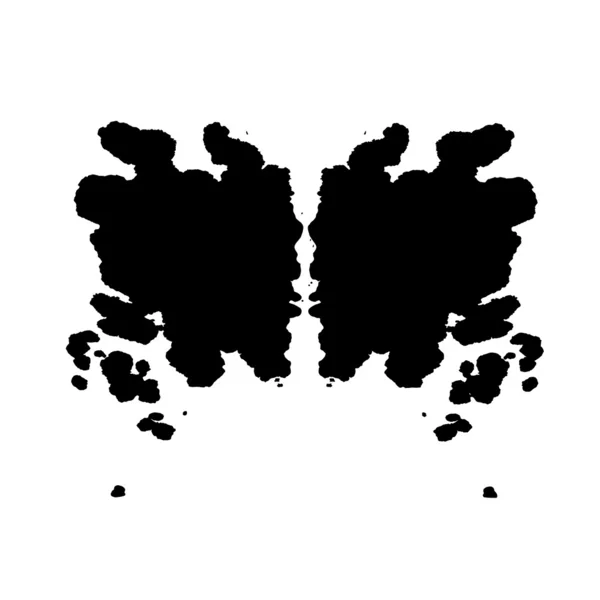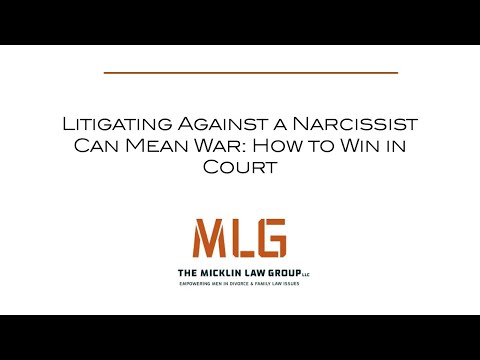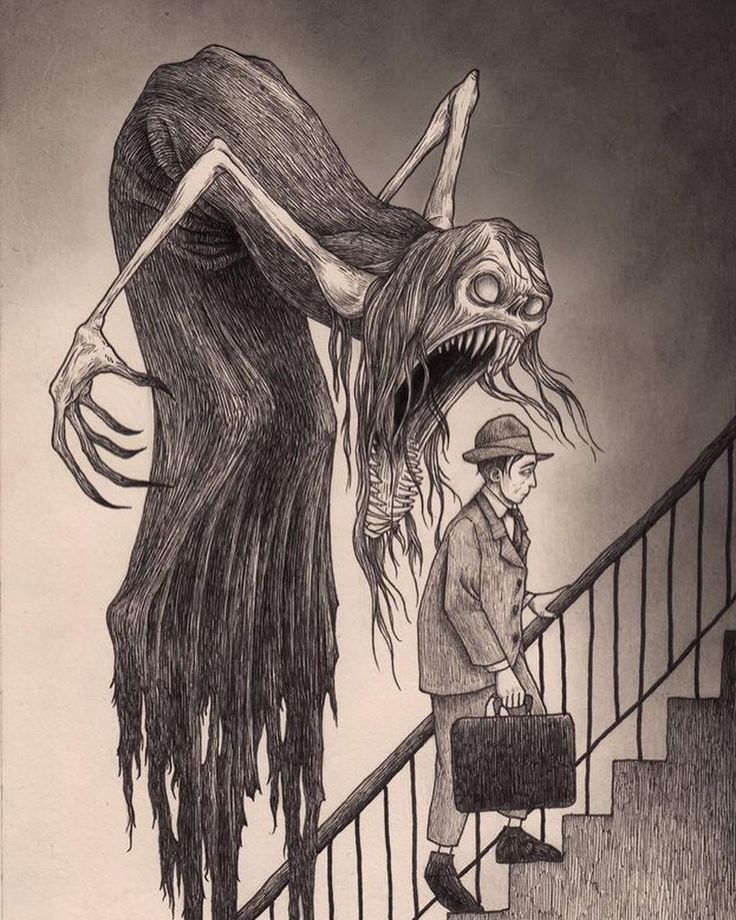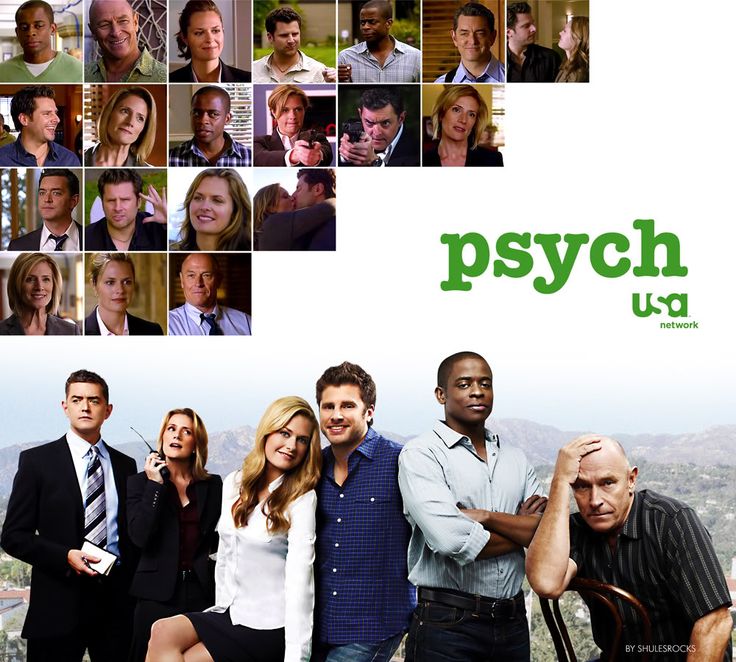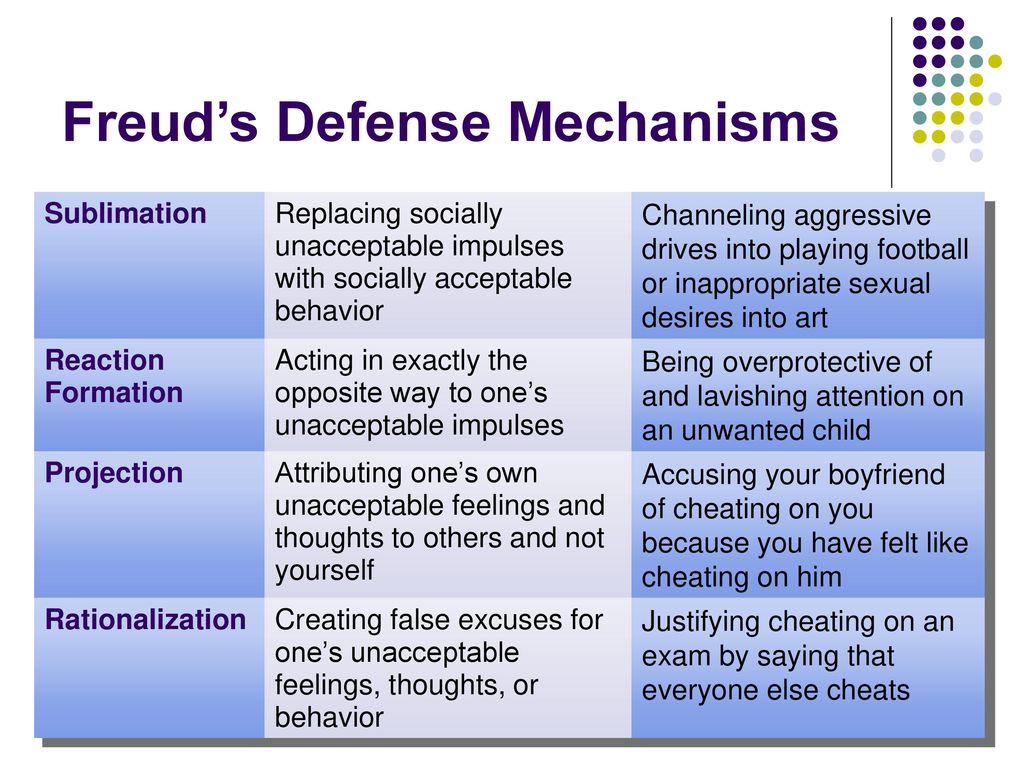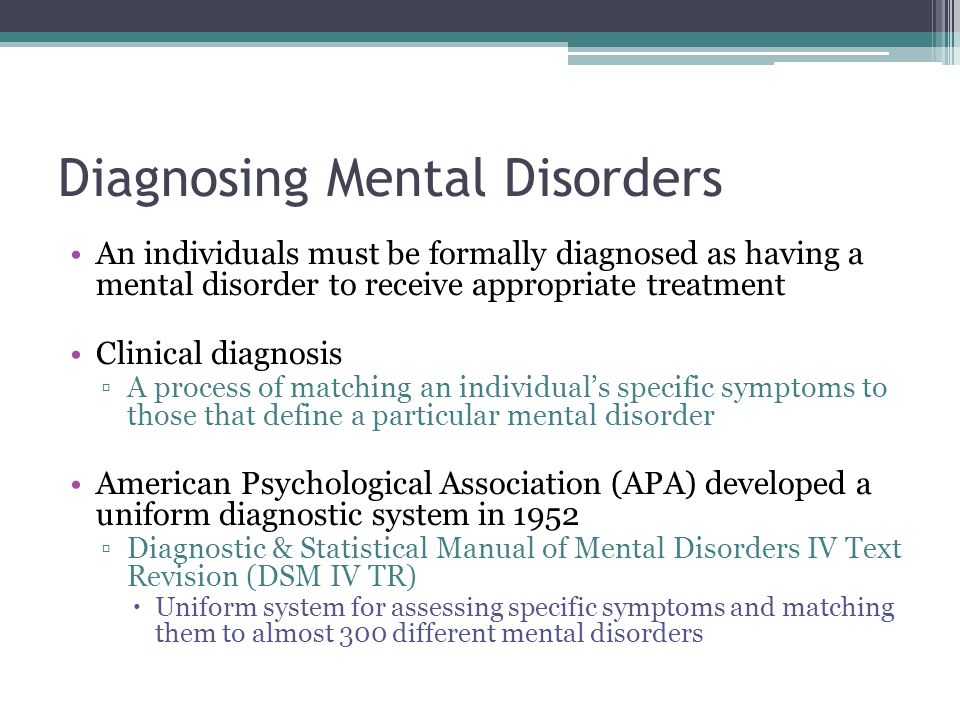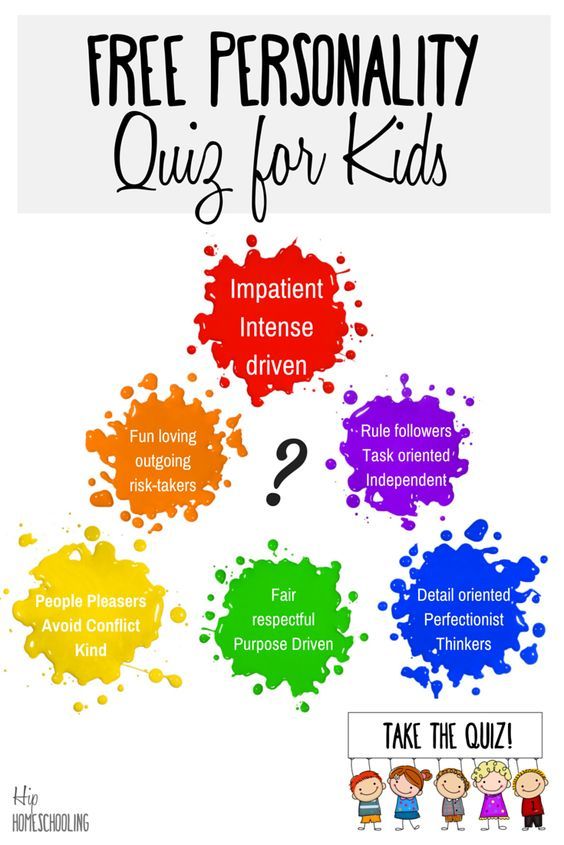Ink blot quiz
Online Rorschach Inkblot Test
Promoting the ethical use of the Rorschach Inkblot Test
Established in 1996, as "The Original Rorschach Website," Rorschach.org was founded by Mark W. Matthews, PhD and aims to continue providing an online resource for information about the ethical and professional use of Rorschach Inkblot Test. To this end, we have collected a variety of resources and products to help the student and professional administer, score, and interpret the Rorschach Inkblot Test in an ethical, reliable, and valid manner.
Our vision is to provide fair, unbiased, accurate, and useful professional, scientific and objective information to students, professionals, and lay persons regarding the Rorschach Inkblot Test.
For the record, we are in favor of trained and skilled professionals utilizing the Rorschach in an appropriate manner, in appropriate settings, and to answer appropriate clinical questions.
Much of the controversy regarding the Rorschach Inkblot Test surrounds the definition of the word "appropriate. "
A self-evaluation online is by no means appropriate. The original cards used are shown below. We have also created a gallery of custom cards along with offering recommended books, historical information, and an FAQ section.
The following video offers a brief history of the test.
The test is conducted by a professional psychologist on subjects ranging between ages 5 and adulthood. Adminstrators typically sit side-by-side to ensure they do not influence the participants answers.
The test consists of a series of 10 symetrical blots where the subject states what they see. These slides are shown in the same order to align modern observations with historical performance.
While some sites offer A/B/C/D online quizes that purport to represent the rorscach test, those do a poor job of representing the actual test.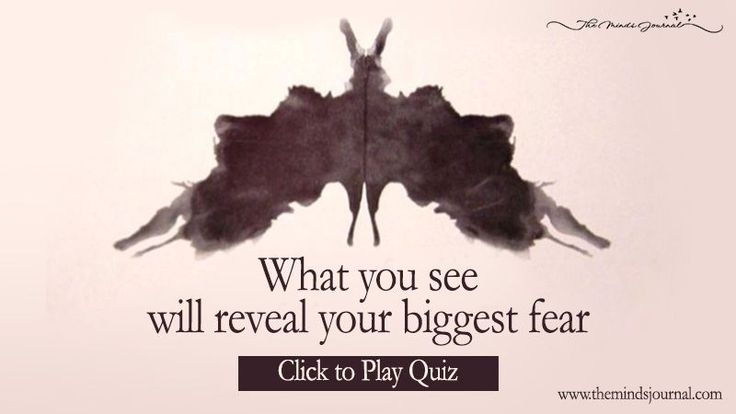 The open ended nature of the test allows subjects to state a wide range of observations based on their perceptions & emotional state. An online quiz where users select among pre-determined choices has no way to capture this depth.
The open ended nature of the test allows subjects to state a wide range of observations based on their perceptions & emotional state. An online quiz where users select among pre-determined choices has no way to capture this depth.
Blot Card 1
Popular resonses: bat, butterfly, moth
This card is a relatively easy one in the series, with much of any asosciated stress in dealing with it being trying to understand how to conduct a new task.
Blot Card 2
Popular responses: two humans, four-legged animal such as a dog, elephant or bear
Many subjects interpret the red as blood, which can display how the subject might respond to feelings of anger or physical harm. Some also associate the blood with power & have sexual responses to the card.
Blot Card 3
Popular responses: two people
Responses to this card can show if people have struggles in managing social settings & how they interact with others.
Blot Card 4
Popular responses: animal hide, animal skin, skin rug
The dark color of this blot can pose difficulty for depressed subjects. The "face" appears to be looking downward which makes it look like one is looking "up" at an imposing monster, to understand how one responds to authority. The card is often perceived as being associated with a male figure, which is why the card is often called "The Father Card."
Blot Card 5
Popular responses: bat, butterly, moth
This card is viewed as a transition card that does not typically evoke strong emotional response. The topic is usually seen as non-threatening & indicate a "change of pace" to where the test will become easier.
Blot Card 6
Popular responses: animal hide, animal skin, skin rug
While the core interpretation is of a similar topic to blot card 4, the texture of this blot stands out as a stronger feature.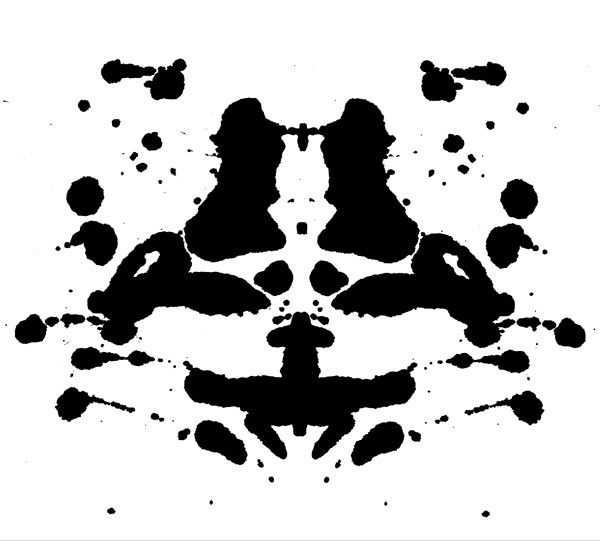 This can elicit associations related to itnerpersonal closeness & is associated with sex more than any of the other cards.
This can elicit associations related to itnerpersonal closeness & is associated with sex more than any of the other cards.
Blot Card 7
Popular responses: human heads, faces, heads of women or children
This card can be asssociated with feminity & it functions as the "mother card." If a person struggles to respond to this card it could indicate one has difficulty with female figures in their life. In some cases the blot can be associated with a vagina, relating to female sexuality.
Blot Card 8
Popular responses: pink four-legged animal, some animal other than a cat or dog
The color in this card brightens the mood when compared to the black & white blots. This change in color also creates a perceived "change of pace" though adding color to the card along with the additional details can overwhelm people who struggle to cope with complex situations.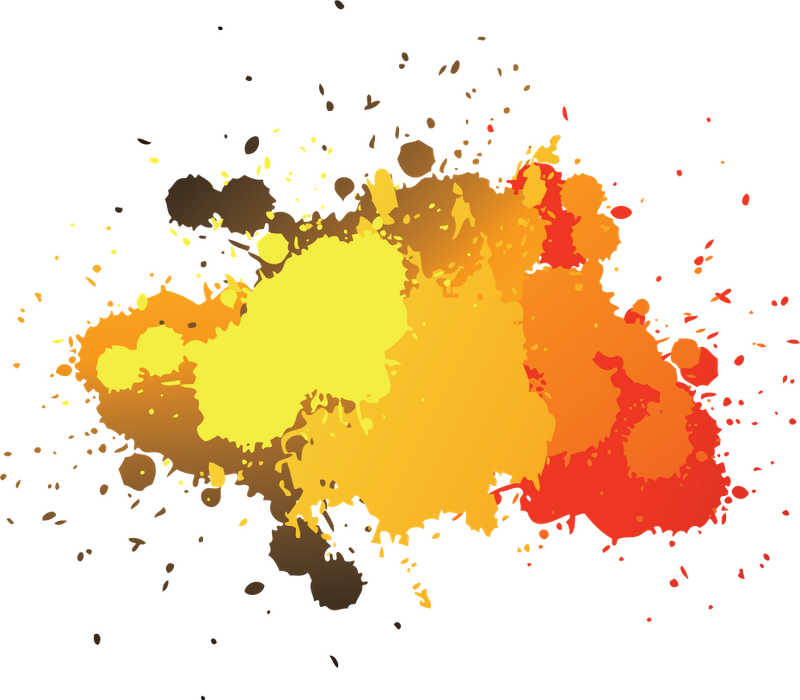
Blot Card 9
Popular response: human
This card is generally vague, relying on diffuse, muted chromatic features & an indistinct form. This, in turn, means many people struggle with finding anything specif of note in it. Though if a subject has difficulty processing this card to generate a response it can indicate trouble dealing with unstructured data.
Blot Card 10
Popular responses: crab, lobster, blue spider, rabit head, worms, snakes, caterpillars
Subjects are aware this card is the last one, so it may give them an opportunity to reveal anything they wanted to state but failed to state thusfar. The complexity of it may overwhelf some people who can not manage significant concurrent stimuli.
Rorschach.org is licensed under a Creative Commons Attribution-NonCommercial-ShareAlike 3.0 Unported License
Can We Guess Your Personality with this Ink Blot Test?
The Inkblot test, also known as the Rorschach Test, was created by Hermann Rorschach in 1921.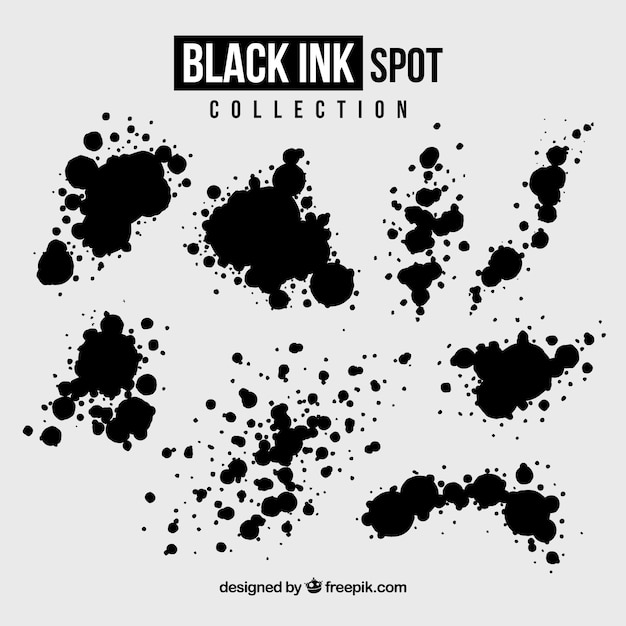 The purpose of this psychology test is to determine the inner workings of the subject's personality and possible underlying issues with their thought processes. So, if you want to see what kind of personality you've got, try out this inkblot test. We've included Rorschach's original drawings and a few of our own. On top of that, we've added different pictures that use the same principles as the original test. When you get your results, share this test with your friends and compare what each got. You might be surprised about who gets what. Remember, although this test is based on Rorschach's principles, this is just a bit of fun. If you have any concerns about your mental health, you should always consult your doctor—not some online test.
The purpose of this psychology test is to determine the inner workings of the subject's personality and possible underlying issues with their thought processes. So, if you want to see what kind of personality you've got, try out this inkblot test. We've included Rorschach's original drawings and a few of our own. On top of that, we've added different pictures that use the same principles as the original test. When you get your results, share this test with your friends and compare what each got. You might be surprised about who gets what. Remember, although this test is based on Rorschach's principles, this is just a bit of fun. If you have any concerns about your mental health, you should always consult your doctor—not some online test.
Quiz WriterHaven
As a child, Haven enjoyed learning everything they could about many subjects, though the best resource was her grandma’s old stack of encyclopedias in those days. Today, Haven still likes to know a bit about everything. When they're not researching information for their posts or flexing that history degree, Haven's going through the quizzes of other authors on the site - because this is where the facts are found! Visitors to our site turn to Haven's fun and factual articles to learn about all kinds of things, from do-it-yourself ideas to the wider world. Those who prefer to get their facts in article format can find Haven all across the web, as well.
Those who prefer to get their facts in article format can find Haven all across the web, as well.
Did you know?
Hermann Rorschach was a Swiss psychiatrist and psychoanalyst who looked uncannily like Brad Pitt. Seriously, google him. Before he became a psychiatrist he studied art, which is probably what led him to develop his famous test in the first place. Many famous artists, like Leonardo Da Vinci and Botticelli, believed in the ability to interpret personality types through a subject's interpretation of ambiguous designs. It wasn't until Rorschach created his most famous work that this idea became an official, systematic area of study. In 1921, Rorschach wrote his famous book Psychodiagnostik, for which he would become a household name. Unfortunately for Hermann, however, when he finished it, he couldn't find any interested publishers. It was only after his death that Rorschach's book was finally published, which led both to wide praise and stark condemnation. Even today, despite its proliferation in TV shows, the Inkblot Test is still considered controversial by mental health professionals.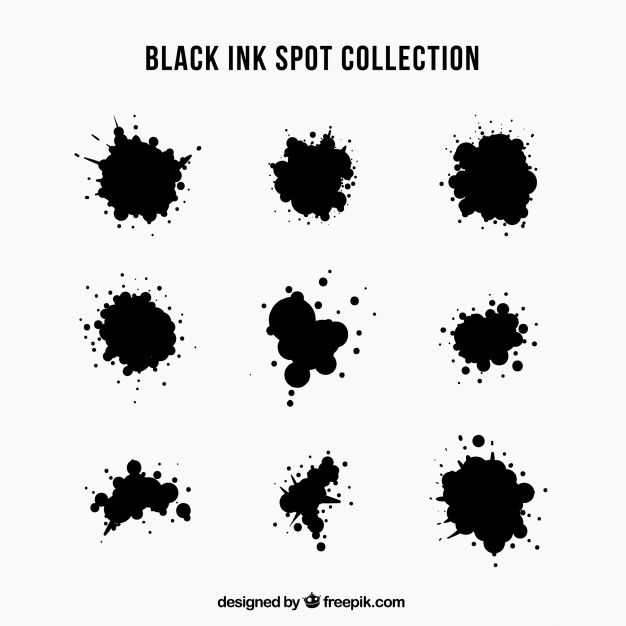
How to Play?
Our personality quizzes are set up a little differently than your basic trivia quiz, but you’ve probably seen their kind around. Rather than having to choose the right answer from a list of multiple choice options, in this case, there is no “right answer”! (Two plus two will always be four, but every Golden Girls character is equally awesome.)
So, stop stressing. Just click on the answer that suits you best, and enjoy the ride. These quizzes are just for fun but who knows – you might just learn something about yourself along the way!
About Heywise
Get knOwledgeable! Heywise is where entertainment and trivia meet, like a turducken of fun. Anytime. Anywhere. Since 2017, Heywise has been a leader of quizzes on the web, on mobile devices, and across social media.
We explore a broad range of topics – from sports to history, language to pop culture, personality to health. Our quizzes motivate readers to test their knowledge and learn new and exciting facts.
We’re inspired by food and unique destinations around the globe. We love movies and TV shows, but most of all we love having the opportunity to share these passions with you.
Have you ever wondered what color represents your personality? Do you know which Hogwarts House you belong to? Are you a Pessimist or an Optimist? Our unique personality quizzes will help you find out! We want to share the knowledge of all things awesome with you.
We’re the best quiz site on the internet. That might be our opinion, but it’s pure fact that we get up in the morning expressly to share awesome, eye-opening knowledge with you. So, come get your brain pumping.
90,000 rorshah ink online with a decodingIn this picture you see
,people
people without movement
animals in motion
Animals without movement
Fantastic figures in motion
Fantastic figures without movement without movement without motion inanimate objects in motion
Inanimate objects without motion
In this picture you see
People in motion
People without motion
Animals in the movement of
animals without movement
Fantastic figures in the movement of
Fantastic figures without movement
Inanimate objects in the movement of
Untilmented objects of
In this picture you see
,people in the movement of
,people without people without movement
Animals in movement
Animals without movement
Fantastic figures in movement
Fantastic figures without movement
Inanimate objects in the movement of
Inanimate objects without movement
In this picture you see
,people in the movement of
people without movement
animals in motion
Animals without movement
Fantastic figures in motion of
Fantastic figures without movement
Inanimate objects in motion
Inanimate objects without movement
In this picture you see
people in the movement of
people without movement
animals in the movement of
animals without movement
Fantastic figures in the movement of
Fantastic figures without movement
Inanimate objects in motion
,Upmired objects of
,in this picture you see
People in motion
People without motion
Animals in motion
Animals without motion
Fantastic figures in motion
Fantastic figures without movement
Inanimate objects in the movement of
Inanimate objects without movement
In this picture you see
,people in the movement of
people without movement
,animals in the movement of
Fantastic figures in the movement movement
Fantastic figures without movement
Inanimate objects in movement
Inanimate objects without movement 9Ol000 movement
In this picture you see
People in movement
People without movement
Animals in movement
animals without movement
Fantastic figures in the movement of
Fantastic figures without movement
Inanimate objects in motion
Inanimate objects without movement
In this picture you see
,people in the movement of
animals in motion in motion
Animals without movement
Fantasy figures in motion
Fantasy figures without movement
Inanimate objects in motion
Inanimate objects without movement
Choleric with clear thinking
Of course, the results of this test cannot be considered 100% correct, but some assumptions can still be tested.![]() Most likely, you are a choleric person - this is a fast, impulsive person, able to devote himself to business with passion, overcome significant difficulties, but at the same time, prone to violent emotional outbursts and sudden mood swings. You are an extrovert, which manifests itself in a friendly, talkative, energetic behavior. You have a thinking type - in making decisions, such people mainly rely on logic and thinking. The sphere of feelings is suppressed. You have realism. Craving for interpersonal intimacy and sexual relations is not excluded. Abstract, figurative, associative thinking is inherent in you. You are creative and process oriented. What you might want to look out for: egocentrism, narcissism, inability to take criticism. Also, there is a tendency to excitement and risk. nine0003
Most likely, you are a choleric person - this is a fast, impulsive person, able to devote himself to business with passion, overcome significant difficulties, but at the same time, prone to violent emotional outbursts and sudden mood swings. You are an extrovert, which manifests itself in a friendly, talkative, energetic behavior. You have a thinking type - in making decisions, such people mainly rely on logic and thinking. The sphere of feelings is suppressed. You have realism. Craving for interpersonal intimacy and sexual relations is not excluded. Abstract, figurative, associative thinking is inherent in you. You are creative and process oriented. What you might want to look out for: egocentrism, narcissism, inability to take criticism. Also, there is a tendency to excitement and risk. nine0003
Choleric with associative thinking
Of course, the results of this test cannot be considered 100% correct, but some assumptions can still be tested. Most likely, you are a choleric person - this is a fast, impulsive person, able to devote himself to business with passion, overcome significant difficulties, but at the same time, prone to violent emotional outbursts and sudden mood swings.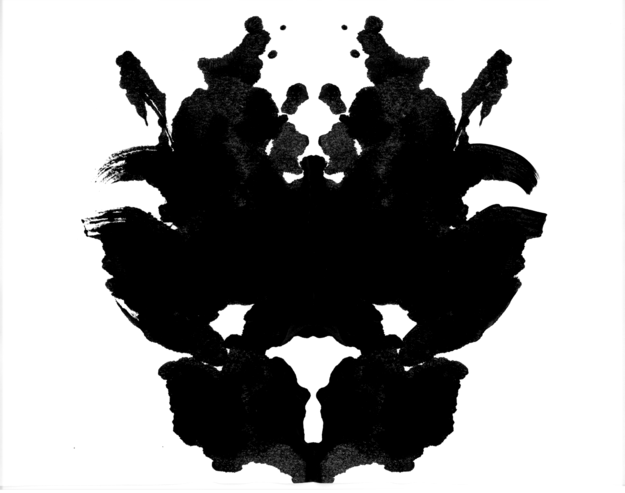 You are an extrovert, which manifests itself in a friendly, talkative, energetic behavior. You have a thinking type - in making decisions, such people mainly rely on logic and thinking. The sphere of feelings is suppressed. You have realism. Craving for interpersonal intimacy and sexual relations is not excluded. You have a holistic, concrete, clear thinking. You are practical and result oriented. What you might want to look out for: egocentrism, narcissism, inability to take criticism. Also, there is a tendency to excitement and risk. nine0003
You are an extrovert, which manifests itself in a friendly, talkative, energetic behavior. You have a thinking type - in making decisions, such people mainly rely on logic and thinking. The sphere of feelings is suppressed. You have realism. Craving for interpersonal intimacy and sexual relations is not excluded. You have a holistic, concrete, clear thinking. You are practical and result oriented. What you might want to look out for: egocentrism, narcissism, inability to take criticism. Also, there is a tendency to excitement and risk. nine0003
Sanguine with clear thinking
Of course, the results of this test cannot be considered 100% correct, but some assumptions can still be tested. Most likely, you are a sanguine person. A person of sanguine temperament can be described as lively, mobile, relatively easy to experience failures and troubles. You are an extrovert, which manifests itself in a friendly, talkative, energetic behavior. You have a feeling type - people of this type perceive life directly with the senses, intuition is suppressed by them.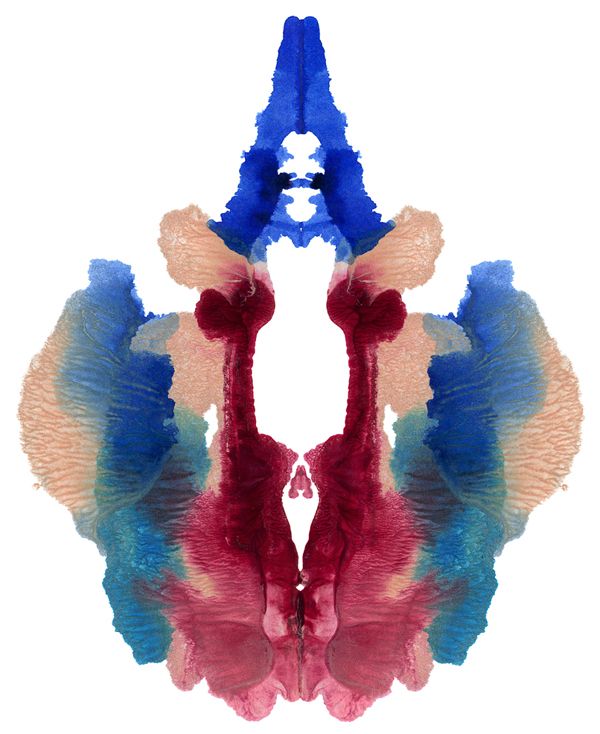 You are an exalted person - extremely sociable, experiencing bright and sincere feelings, amorous, altruistic, compassionate. You have realism. Abstract, figurative, associative thinking is inherent in you. You are creative and process oriented. What you might want to look out for: aggression, anger, irritability, mood swings, a tendency to panic and exaggerate, rejection of authorities. nine0003
You are an exalted person - extremely sociable, experiencing bright and sincere feelings, amorous, altruistic, compassionate. You have realism. Abstract, figurative, associative thinking is inherent in you. You are creative and process oriented. What you might want to look out for: aggression, anger, irritability, mood swings, a tendency to panic and exaggerate, rejection of authorities. nine0003
Sanguine with associative thinking
Of course, the results of this test cannot be considered 100% correct, but some assumptions can still be tested. Most likely, you are a sanguine person. A person of sanguine temperament can be described as lively, mobile, relatively easy to experience failures and troubles. You are an extrovert, which manifests itself in a friendly, talkative, energetic behavior. You have a feeling type - people of this type perceive life directly with the senses, intuition is suppressed by them. You are an exalted person - extremely sociable, experiencing bright and sincere feelings, amorous, altruistic, compassionate. You have realism. You have a holistic, concrete, clear thinking. You are practical and result oriented. What you might want to look out for: aggression, anger, irritability, mood swings, a tendency to panic and exaggerate, rejection of authorities. nine0003
You have realism. You have a holistic, concrete, clear thinking. You are practical and result oriented. What you might want to look out for: aggression, anger, irritability, mood swings, a tendency to panic and exaggerate, rejection of authorities. nine0003
Phlegmatic with clear thinking
Of course, the results of this test cannot be considered 100% correct, but some assumptions can still be tested. There is reason to believe that you are a phlegmatic person, a slow, calm person, with stable aspirations and a more or less constant mood, with a weak outward expression of mental states. You are an introvert and, most likely, the words will suit you: idealist, philosophizing, non-conflict, principled, restrained, stubborn, stubborn. You are characterized by self-obsessed accuracy, punctuality, thinking through to the smallest detail. Abstract, figurative, associative thinking is inherent in you. You are creative and process oriented. What may be worth paying attention to: inability to identify with real people, difficulty in interpersonal relationships, isolation. nine0003
nine0003
Phlegmatic with associative thinking
Of course, the results of this test cannot be considered 100% correct, but some assumptions can still be tested. There is reason to believe that you are a phlegmatic person, a slow, calm person, with stable aspirations and a more or less constant mood, with a weak outward expression of mental states. You are an introvert and, most likely, the words will suit you: idealist, philosophizing, non-conflict, principled, restrained, stubborn, stubborn. You are characterized by self-obsessed accuracy, punctuality, thinking through to the smallest detail. You have a holistic, concrete, clear thinking. You are practical and result oriented. What may be worth paying attention to: inability to identify with real people, difficulty in interpersonal relationships, isolation. nine0003
Melancholic with clear thinking
Of course, the results of this test cannot be considered 100% correct, but some assumptions can still be tested. With some degree of probability, we can say that you are a melancholic.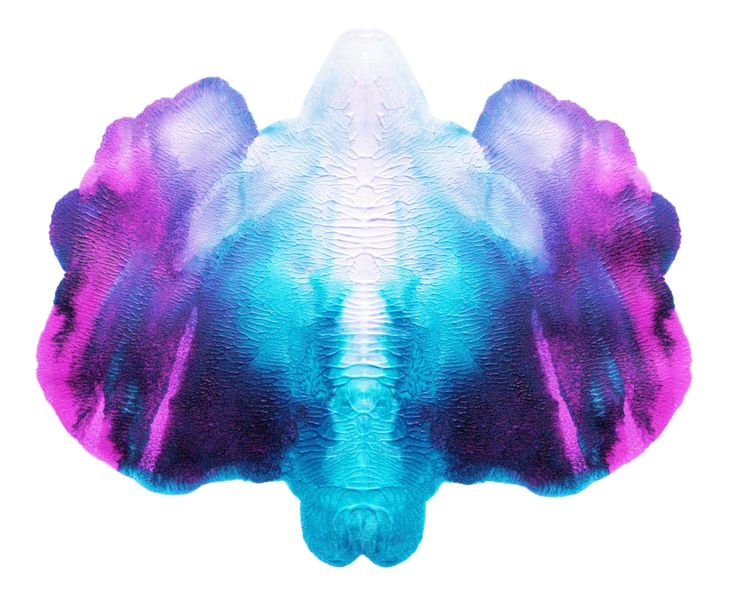 A person of a melancholic temperament can be described as easily hurt, inclined to deeply experience even minor failures. You are an introvert, and, probably, these words will be close to you: idealist, closed, philosophizing, non-conflict, principled, restrained. You have a feeling personality type - a person oriented towards feelings, paying attention to details. Abstract, figurative, associative thinking is inherent in you. You are creative and process oriented. What you might want to look out for: a tendency to suppress emotions and keep feelings to yourself, fears of sexual content, isolation from society, dependence on others. nine0003
A person of a melancholic temperament can be described as easily hurt, inclined to deeply experience even minor failures. You are an introvert, and, probably, these words will be close to you: idealist, closed, philosophizing, non-conflict, principled, restrained. You have a feeling personality type - a person oriented towards feelings, paying attention to details. Abstract, figurative, associative thinking is inherent in you. You are creative and process oriented. What you might want to look out for: a tendency to suppress emotions and keep feelings to yourself, fears of sexual content, isolation from society, dependence on others. nine0003
Melancholic with associative thinking
Of course, the results of this test cannot be considered 100% correct, but some assumptions can still be tested. With some degree of probability, we can say that you are a melancholic. A person of a melancholic temperament can be described as easily hurt, inclined to deeply experience even minor failures.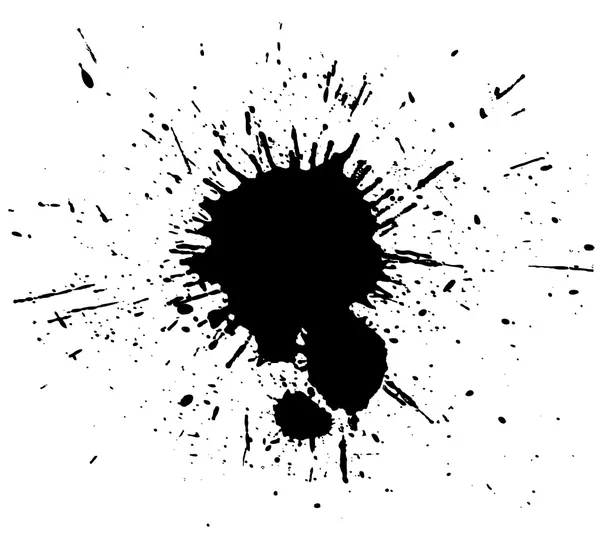 You are an introvert, and, probably, these words will be close to you: idealist, closed, philosophizing, non-conflict, principled, restrained. You have a feeling personality type - a person oriented towards feelings, paying attention to details. You have a holistic, concrete, clear thinking. You are practical and result oriented. What you might want to look out for: a tendency to suppress emotions and keep feelings to yourself, fears of sexual content, isolation from society, dependence on others. nine0003
You are an introvert, and, probably, these words will be close to you: idealist, closed, philosophizing, non-conflict, principled, restrained. You have a feeling personality type - a person oriented towards feelings, paying attention to details. You have a holistic, concrete, clear thinking. You are practical and result oriented. What you might want to look out for: a tendency to suppress emotions and keep feelings to yourself, fears of sexual content, isolation from society, dependence on others. nine0003
How the Rorschach test works and who was its author - Archive
Hermann Rorschach (1884-1922)
Human personality and inkblots
Hermann Rorschach was born on November 8, 1884 in Zurich (Switzerland). He was the eldest son of an unsuccessful painter who was forced to earn his living by giving art lessons at school. From childhood, Herman was fascinated by color spots (in all likelihood, the result of the creative efforts of his father and the boy's own love for painting), and his school friends nicknamed him Blob.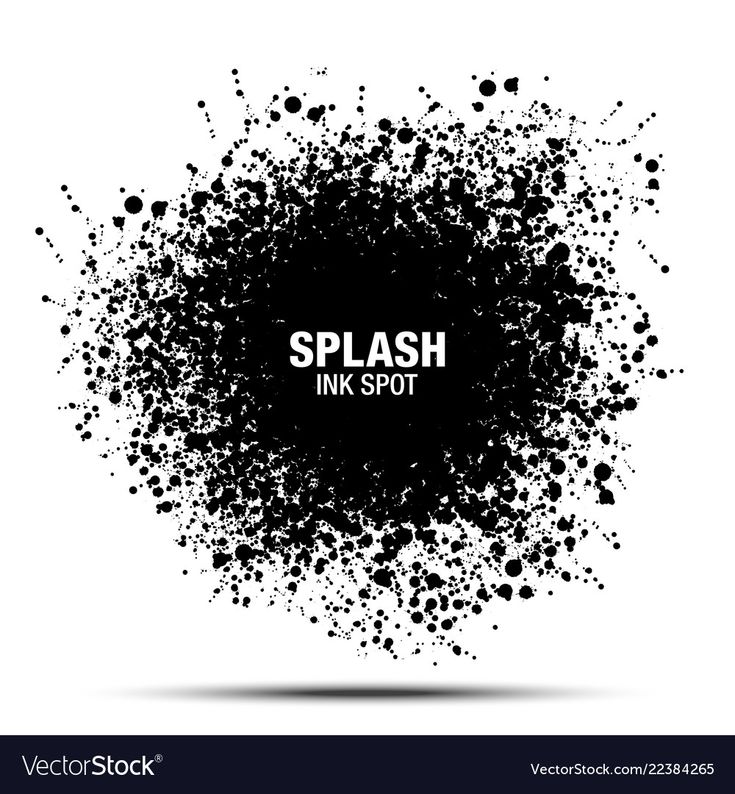 When Herman was twelve, his mother died, and when the young man was eighteen, his father also died. After graduating with honors from high school, Rorschach decided to study medicine. At 19In 12, he received a doctorate in medicine from the University of Zurich, after which he worked in a number of psychiatric hospitals. In 1911, while still at university, Rorschach conducted a series of curious experiments to test whether artistically gifted schoolchildren were more imaginative when interpreting ordinary inkblots. This study had a huge impact not only on the future career of a scientist, but also on the development of psychology as a science in general. It must be said that Rorschach was not the first to use color spots in his research, but in his experiment they were first used as part of an analytical approach. The results of the scientist's first experiment were lost over time, but over the next ten years, Rorschach conducted a large-scale study and developed a systematic methodology that allows psychologists to determine people's personality types using ordinary inkblots.
When Herman was twelve, his mother died, and when the young man was eighteen, his father also died. After graduating with honors from high school, Rorschach decided to study medicine. At 19In 12, he received a doctorate in medicine from the University of Zurich, after which he worked in a number of psychiatric hospitals. In 1911, while still at university, Rorschach conducted a series of curious experiments to test whether artistically gifted schoolchildren were more imaginative when interpreting ordinary inkblots. This study had a huge impact not only on the future career of a scientist, but also on the development of psychology as a science in general. It must be said that Rorschach was not the first to use color spots in his research, but in his experiment they were first used as part of an analytical approach. The results of the scientist's first experiment were lost over time, but over the next ten years, Rorschach conducted a large-scale study and developed a systematic methodology that allows psychologists to determine people's personality types using ordinary inkblots.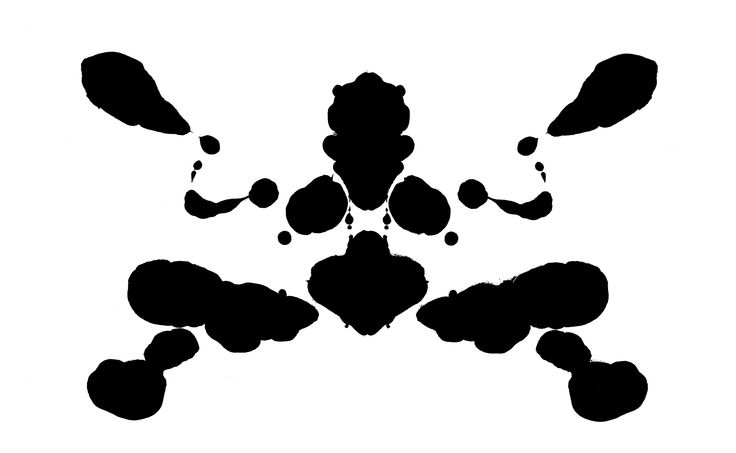 Thanks to work in a psychiatric clinic Hermann Rorschach
Thanks to work in a psychiatric clinic Hermann Rorschach
Photo: WikipediaThe researcher had free access to her patients. Thus, Rorschach studied both mentally ill people and emotionally healthy people, which allowed him to develop a systematic test using inkblots, with which you can analyze the personal characteristics of a person, determine the type of his personality and, if necessary, correct it.
In 1921, Rorschach presented the results of his extensive work to the world by publishing a book called Psychodiagnostics. In it, the author outlined his theory about the personal characteristics of people. One of the main provisions is that in the personality of each person such qualities as introversion and extroversion are represented - in other words, that we are motivated by both external and internal factors. According to the scientist, the test with ink spots allows you to evaluate the relative ratio of these properties and identify any mental deviation or, on the contrary, the strengths of the personality.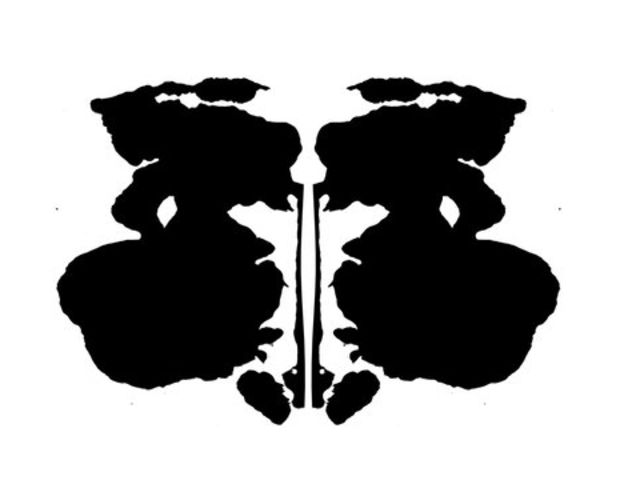 The first edition of Rorschach's book was largely ignored by the psychological scientific community, because at that time the opinion prevailed that it was impossible to measure or test what a person's personality consisted of. However, over time, colleagues began to understand the benefits of the Rorschach test, and at 19In 1922, the psychiatrist discussed the possibilities of improving his technique at a meeting of the Psychoanalytic Society. Unfortunately, on April 1, 1922, after suffering for a week with severe abdominal pain, Hermann Rorschach was hospitalized with suspected appendicitis, and on April 2 he died of peritonitis. He was only thirty-seven years old, and he never saw the huge success of the psychological tool he invented.
The first edition of Rorschach's book was largely ignored by the psychological scientific community, because at that time the opinion prevailed that it was impossible to measure or test what a person's personality consisted of. However, over time, colleagues began to understand the benefits of the Rorschach test, and at 19In 1922, the psychiatrist discussed the possibilities of improving his technique at a meeting of the Psychoanalytic Society. Unfortunately, on April 1, 1922, after suffering for a week with severe abdominal pain, Hermann Rorschach was hospitalized with suspected appendicitis, and on April 2 he died of peritonitis. He was only thirty-seven years old, and he never saw the huge success of the psychological tool he invented.
Rorschach Inkblots
The Rorschach test uses ten inkblots: five black and white, two black and red and three colored. The psychologist shows the cards in strict order, asking the patient the same question: “What does it look like?”. After the patient has seen all the pictures and given answers, the psychologist shows the cards again, again in strict order. The patient is asked to name everything that he sees on them, in which place of the picture he sees this or that image, and what in it makes him give just such an answer. Cards can be flipped, tilted, manipulated in any other way. The psychologist must accurately record everything the patient says and does during the test, as well as the timing of each response. The responses are then analyzed and scores are calculated. Then, by mathematical calculations, the result is displayed according to the test data, which is interpreted by a specialist. If some ink spot does not evoke any associations in a person or he cannot describe what he sees on it, this may mean that the object depicted on the card is blocked in his mind, or that the image on it is associated in his subconscious with a topic that at the moment he would not like to discuss. nine0003
Card 1
On the first card, we see a spot of black ink. It is shown first, and the answer to it allows the psychologist to suggest how this person performs new tasks for him - therefore, associated with a certain stress. Usually people say that the image reminds them of a bat, a moth, a butterfly, or the face of some animal, such as an elephant or a rabbit. The response reflects the respondent's personality type as a whole.
It is shown first, and the answer to it allows the psychologist to suggest how this person performs new tasks for him - therefore, associated with a certain stress. Usually people say that the image reminds them of a bat, a moth, a butterfly, or the face of some animal, such as an elephant or a rabbit. The response reflects the respondent's personality type as a whole.
For some people, the image of a bat is associated with something unpleasant and even demonic; for others, it is a symbol of rebirth and the ability to navigate in the dark. Butterflies can symbolize transition and transformation, as well as the ability to grow, change, and overcome difficulties. The moth symbolizes a sense of abandonment and ugliness, as well as weakness and anxiety. The face of an animal, in particular an elephant, often symbolizes the way we face adversity and the fear of inner problems. It can also mean "an elephant in a china shop", that is, to convey a feeling of discomfort, and indicate some kind of problem that a person is currently trying to get rid of.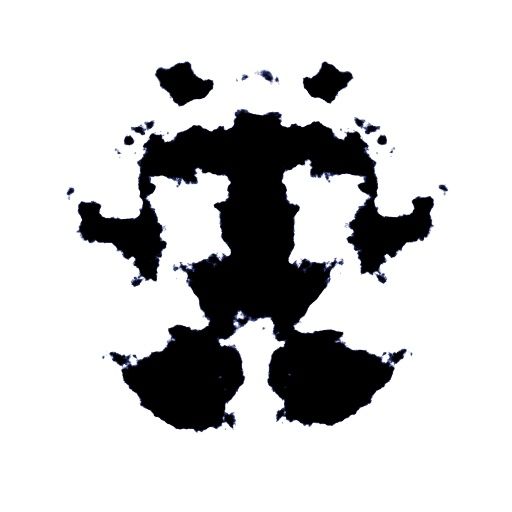 nine0003
nine0003
Card 2
This card has a red and black spot and people often see something sexual in it. Parts of the red color are usually interpreted as blood, and the reaction to it reflects how a person manages his feelings and anger and how he copes with physical damage. Respondents most often say that this spot reminds them of an act of supplication, two people, a person looking in a mirror, or some kind of long-legged animal, such as a dog, a bear, or an elephant. nine0003
If a person sees two people in the spot, this can symbolize interdependence, obsession with sex, ambivalent attitudes towards sexual contact, or a focus on connection and close relationships with others. If the spot resembles a person reflected in a mirror, this can symbolize self-centeredness or, on the contrary, a tendency to self-criticism. In each of the two options, either a negative or a positive personality characteristic is expressed, depending on what feelings the image evokes in a person.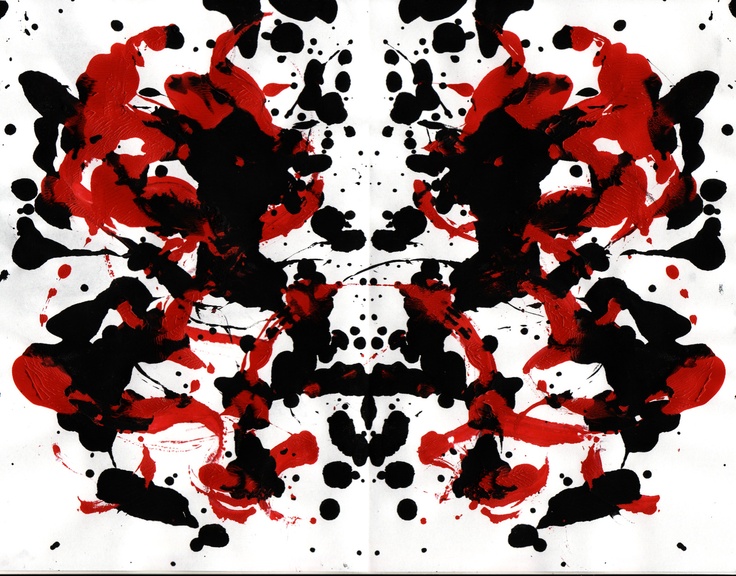 If the respondent sees a dog in the spot, this may mean that he is a faithful and loving friend. If he perceives the stain as something negative, then he needs to face his fears and recognize his inner feelings. If the spot reminds a person of an elephant, this can symbolize a tendency to think, a developed intellect and a good memory; however, sometimes such a vision indicates a negative perception of one's own body. The bear, imprinted in the spot, symbolizes aggression, rivalry, independence, disobedience. In the case of English-speaking patients, a play on words can play a role: bear (bear) and bare (bare), which means a feeling of insecurity, vulnerability, as well as the sincerity and honesty of the responder. The spot on this card is reminiscent of something sexual, and if the respondent sees it as a person praying, this may indicate an attitude towards sex in the context of religion. If at the same time the respondent sees blood in the stain, it means that he associates physical pain with religion or, experiencing complex emotions like anger, resorts to prayer, or associates anger with religion.
If the respondent sees a dog in the spot, this may mean that he is a faithful and loving friend. If he perceives the stain as something negative, then he needs to face his fears and recognize his inner feelings. If the spot reminds a person of an elephant, this can symbolize a tendency to think, a developed intellect and a good memory; however, sometimes such a vision indicates a negative perception of one's own body. The bear, imprinted in the spot, symbolizes aggression, rivalry, independence, disobedience. In the case of English-speaking patients, a play on words can play a role: bear (bear) and bare (bare), which means a feeling of insecurity, vulnerability, as well as the sincerity and honesty of the responder. The spot on this card is reminiscent of something sexual, and if the respondent sees it as a person praying, this may indicate an attitude towards sex in the context of religion. If at the same time the respondent sees blood in the stain, it means that he associates physical pain with religion or, experiencing complex emotions like anger, resorts to prayer, or associates anger with religion.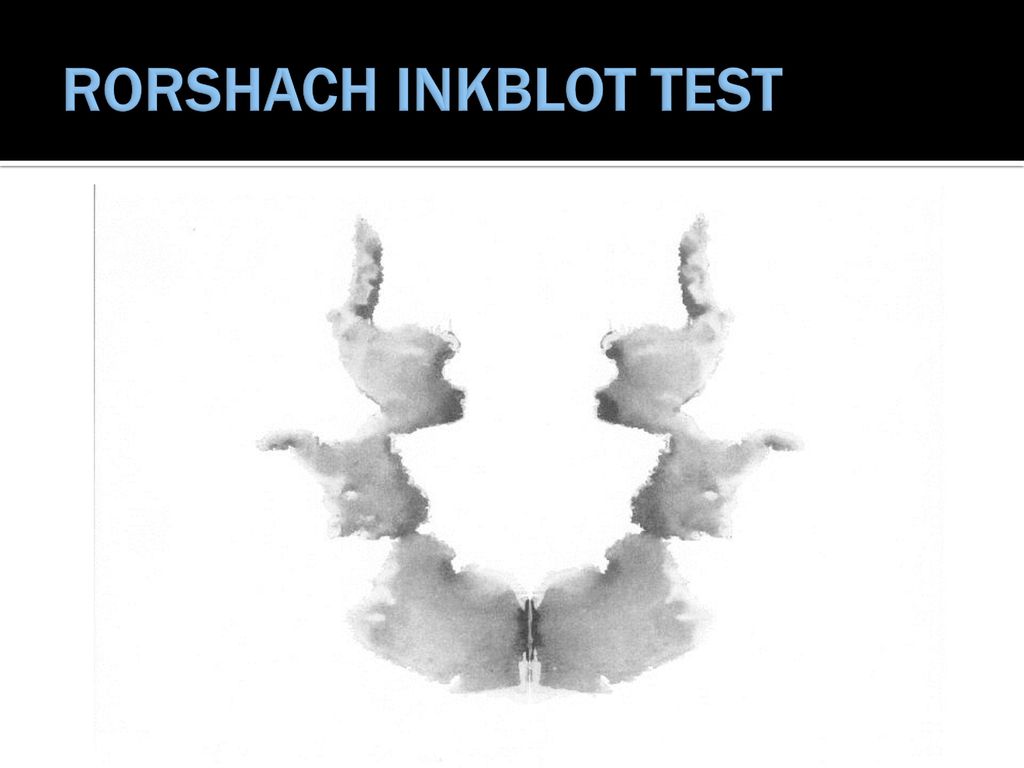 nine0003
nine0003
Card 3
The third card shows a spot of red and black ink, and its perception symbolizes the patient's relationship to other people in social interaction. Most often, respondents see on it the image of two people looking in the mirror of a person, a butterfly or a moth.
If a person sees two people having lunch in a spot, it means that he leads an active social life. A stain that looks like two people washing their hands indicates insecurity, a feeling of impurity, or paranoid fear. If the respondent saw two people playing a game in the spot, this often indicates that he takes the position of a rival in social interactions. If the spot resembles a person looking at his reflection in the mirror, this may indicate self-centeredness, inattention to others and inability to understand people. nine0003
Card 4
Experts call the fourth card "father's". The spot on it is black, and some of its parts are fuzzy, blurry. Many people see something big and frightening in this picture - an image that is usually perceived not as feminine, but as masculine.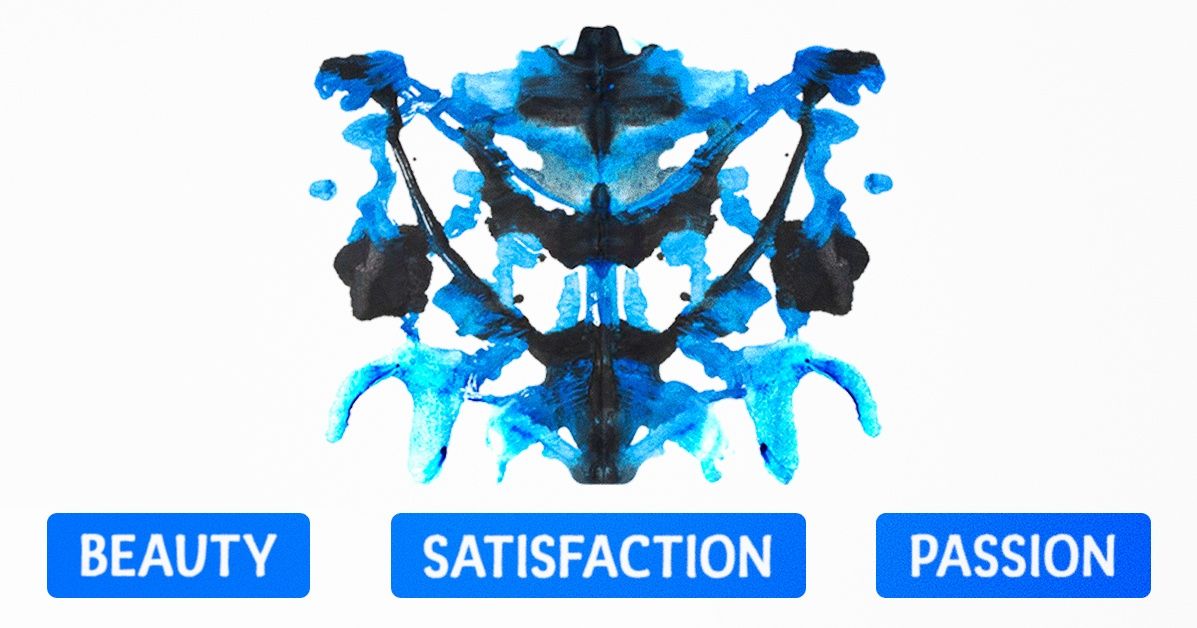 The reaction to this stain makes it possible to reveal a person's attitude to authorities and the peculiarities of his upbringing. Most often, the spot reminds the respondents of a huge animal or monster, or the hole of some animal or its skin. nine0003
The reaction to this stain makes it possible to reveal a person's attitude to authorities and the peculiarities of his upbringing. Most often, the spot reminds the respondents of a huge animal or monster, or the hole of some animal or its skin. nine0003
If the patient sees a large animal or monster in the spot, this may symbolize feelings of inferiority and worship of authority, as well as an exaggerated fear of people in positions of power, including his own father. If the spot resembles the skin of an animal responding, this often symbolizes the strongest internal discomfort when discussing topics related to the father. However, this may also indicate that the problem of one's own inferiority or worship of authorities is irrelevant for this respondent. nine0003
Card 5
On this card we again see a black spot. The association caused by him, like the image on the first card, reflects our true "I". Looking at this image, people usually do not feel threatened, and since the previous cards caused them very different emotions, this time the person does not feel much tension or discomfort - therefore, a deeply personal reaction will be characteristic. If the image he sees is very different from the answer given when he saw the first card, this means that cards two through four most likely made a big impression on him. Most often, this image reminds people of a bat, butterfly or moth. nine0003
If the image he sees is very different from the answer given when he saw the first card, this means that cards two through four most likely made a big impression on him. Most often, this image reminds people of a bat, butterfly or moth. nine0003
Card 6
The picture on this card is also monochrome, black; it is distinguished by the texture of the spot. This image evokes in a person associations with interpersonal intimacy, which is why it is called the “sex card”. Most often, people say that the stain reminds them of a hole or an animal skin, which may indicate a reluctance to enter into close relationships with other people and, as a result, a feeling of inner emptiness and isolation from society.
Card 7
The spot on this card is also black and is usually associated with the feminine. Since people most often see images of women and children in this spot, it is called "motherly". If a person has difficulty describing what is shown on the card, this may indicate that he has difficult relationships with women in his life. Respondents often say that the stain reminds them of the heads or faces of women or children; it can also evoke memories of a kiss.
Respondents often say that the stain reminds them of the heads or faces of women or children; it can also evoke memories of a kiss.
If the spot looks like women's heads, it symbolizes the feelings associated with the respondent's mother, which affect his attitude towards the female sex in general. If the spot resembles children's heads, this symbolizes feelings associated with childhood and the need to take care of the child that lives in the soul of the respondent, or that the patient's relationship with the mother needs close attention and, possibly, correction. If a person sees two heads bowed for a kiss in a spot, this indicates his desire to be loved and reunite with his mother, or that he seeks to reproduce the once close relationship with his mother in other relationships, including romantic or social. nine0003
Card 8
This card has gray, pink, orange and blue colors. Not only is this the first multi-colored card in the test, it is also particularly difficult to interpret.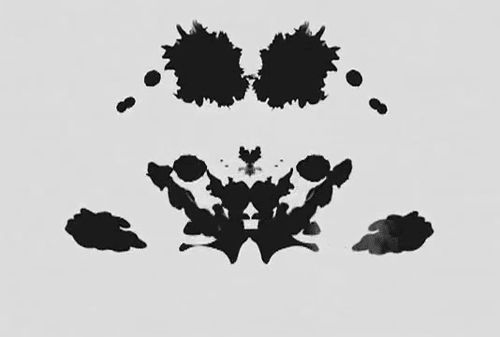 If it is precisely when the respondent experiences obvious discomfort during its demonstration or a change in the pace of displaying pictures, it is very likely that in life he has difficulties with processing difficult situations or emotional stimuli. Most often, people say that they see a four-legged animal, a butterfly or a moth here. nine0003
If it is precisely when the respondent experiences obvious discomfort during its demonstration or a change in the pace of displaying pictures, it is very likely that in life he has difficulties with processing difficult situations or emotional stimuli. Most often, people say that they see a four-legged animal, a butterfly or a moth here. nine0003
Card 9
The spot on this card includes green, pink and orange. It has a vague outline, so most people find it difficult to understand what this image reminds them of. For this reason, this card allows you to evaluate how well a person copes with the lack of a clear structure and uncertainty. Most often, patients see on it either the general outlines of a person, or some indefinite form of evil.
If the respondent sees a person, then the feelings experienced at the same time convey how successfully he copes with the disorganization of time and information. If the stain resembles some abstract image of evil, this may indicate that a person needs to have a clear routine in order to feel comfortable, and that he does not cope well with uncertainty.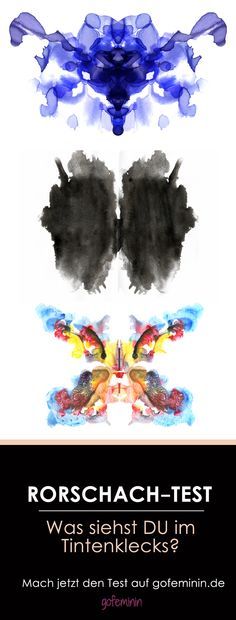 nine0003
nine0003
Card 10
The last card of the Rorschach test has the most colors: there are orange, and yellow, and green, and pink, and gray, and blue. In form, it is somewhat similar to the eighth card, but in terms of complexity it is more similar to the ninth. Many people have a rather pleasant feeling when they see this card, except for those who were very puzzled by the difficulty of identifying the image depicted on the previous card; when they look at this picture, they feel the same way. This may indicate that they have difficulty coping with similar, synchronous, or overlapping stimuli. Most often, people see crab, lobster, spider, rabbit head, snakes or caterpillars on this card. nine0003
The image of a crab symbolizes the respondent's tendency to get too attached to things and people, or such a quality as tolerance. If a person sees a lobster in a picture, this may indicate their strength, tolerance and ability to cope with minor problems, as well as the fear of harming themselves or being harmed by someone else.